Of the many millions of wheelchairs in use across the world today, there are obviously many used for transportation in Wheelchair Accessible Vehicles (WAV’s) to help disabled users enjoy the same freedoms as their able-bodied counterpart vehicle users.
All vehicle users, naturally, should be safe and the equipment they use for the type of journey being undertaken.
Crash testing of wheelchairs is relatively new, but now an increasingly essential process for determining the safety and crash performance of a wheelchair under scientifically scrutinous observations.
Most people will be more familiar with the term ‘crash testing’ as it applies to the cars they drive and the traditional ‘crash test dummy’ being driven into a fixed object so that the crumple zones and other safety features of the car can be accurately measured, and safety metrics standardised and rated across all WAV types.
Crash testing of wheelchairs is not altogether so different to this process, but rather than the car being tested, it is the behaviours of the wheelchair itself, and how it reacts to the various extreme stresses of a crash scenario.
International Organization for Standardisation (ISO) ISO 7176-19 2008, (UK) and ISO 10542 and British Wheelchair Standards EN 12181:2009 and EN12184:2009 are the recognised standard for highest safety and protection levels for wheelchair users, vehicle drivers as well as other vehicle occupants.
This formalisation of the safest standards noted above means that wheelchair users can now access a range of wheelchairs that they know are of a certain standard of safety and crash performance that has been formally tested under rigorous technical standards.
Which tiedown system is used in testing?
Wheelchair users who travel will appreciate that there are many types of tiedowns that secure the wheelchair safely to the vehicle being used.
For the purposes of standardising the wheelchair crash tests, obviously not all types and manufacturers can be tested as it would be an exhaustive and overly complex process.
Therefore, for the purposes of testing for the ISO 10542-1 a four-point strap-type tiedown has been applied, as per the below extract from the introduction of the ISO 10542-1 documentation:
‘At the time that this document was developed, the four-point strap-type tiedown was considered to be the most effective, common, and universally adaptable system for securing a wide range of wheelchair types and sizes. Therefore, the provisions and test methods of this document are based on the use of four-point strap-type tiedowns to secure the wheelchair in the vehicle.’
What about variations in wheelchair features and model variations?
With the plethora of wheelchair features and optional extras that may or may not be fitted at the time of travel, it makes for a potentially complex crash-testing scenario, as obviously for every minute change to the configuration, there is a resultant change in the data received from the crash test being performed.
The International Organization for Standardization (ISO) take on this is detailed below, again extracted from the official documentation, (for which there is a link at the bottom of this article).
‘It is recognized that single sample testing does not mean that every variation of a given wheelchair model will exhibit exactly the same performance behaviour. However, it is also recognized that it is not feasible for manufacturers to independently test every variation of a given wheelchair model. As such, the expectation is that wheelchair manufacturers will test a suitably representative sample (or samples) that adequately represents the range of model variation for which conformance is claimed, based on an engineering assessment. In addition, where requested, manufacturers should make details of the wheelchair configuration used for testing available to suppliers and/or purchasers, and specify which options are available on the wheelchair when used as a seat in a motor vehicle.’
This means that the testing is essentially the basic configurations of the wheelchair that is most likely to be used for travel, and that manufacturers should specify the parts that are included in the testing, and those that have not actually being tested.
How are other variables handled by crash testing?
In the real world, there are many other variables that can come in to play in a situation where a crash occurs and each one of these factors will have an effect on the outcome for the wheelchair user.
These variables can include the actual WAV being used, make, model, age etc. and the exact parameters of that vehicle and how it performs in conjunction with the wheelchair in an impact, also what restraint system, head restraints and accessories and any other number of variables being used during a journey.
The ISO standards cannot cover all of these factors in a crash test that would satisfy every potential change in set-up and the conditions encountered in every single journey.
Therefore, as the ISO extract above suggests, the tests are based on the provision of a ‘suitably representative sample’ but obviously the actual outcome of any actual crash therefore, will be subject to the sum of all variables present at the time of the impact.
Crash testing of wheelchairs is therefore a standard that tests the basic configuration and set-up of a given manufacturers wheelchair, under standard conditions, in terms of the tie-down system, weight of occupant, anchor points etc. and assumes correct use of all equipment in accordance with manufacturers own guidelines.
The combining of equipment brands, i.e. the addition of a different brand of head rest, to that being used in the crash test performed by the manufacturer would obviously change the accuracy of the data from the test and it would be advisable to consult the wheelchair manufacturer to gage the effect of any such proposed combinations of equipment of accessories and its effect upon impact performance.
How do I know if my wheelchair has been crash tested?
Crash tested wheelchairs are easy to recognise as they carry a symbol on the frame of the wheelchair

Crash Tested Wheelchair Logo
Also, manufacturers will state that a wheelchair is crash tested in the descriptive text at the point of purchase when buying online.
For example, you will see that at MobilitySmart we have a dedicated category for our Crash Tested Wheelchairs here.
Choosing a crash tested wheelchair can give some additional peace of mind that the wheelchair you buy has been stringently tested to UK regulatory ISO standards.
This should mean that, in the unlikely event of an accident occurring, the wheelchair will perform as per the test, providing there are not too many added variables, as described in the above text.
Will I have to pay extra for a crash tested wheelchair?
Not necessarily, in our experience there has not been a distinct premium put on to crash tested wheelchairs, with a good attendant propelled chair starting under the £200 mark, including VAT relief and just over £200 for self-propelled models.
Obviously, prices will vary depending on the source of the purchase, but in answer to the question of whether you are paying more for having a crash-tested wheelchair, it does not appear to be the case that manufacturers have added much of a premium for the testing having been carried out.
We have a large range of crash tested wheelchairs on our dedicated page here where you can view and compare the models that we stock.
Summary
The routine testing of wheelchairs and standardisation of the safest aspects of travel in WAV’s can only be a good thing as the number and types of wheelchairs that are rigorously tested increases over future months and years.
Whilst the crash testing of wheelchairs can never cover all of the potential variables that can occur during a real vehicle accident, at the very least, the testing does stringently test the behaviours of the wheelchair and how it will perform in the unfortunate event of there being a significant impact to a WAV.
This crash testing can give additional peace of mind in the choosing of your wheelchair, which naturally you want to be as safe as possible for all potential travel scenarios.
At MobilitySmart, we are constantly evaluating new wheelchairs and we will be adding many more models to our crash tested range, ensuring that you have the ability to choose from wheelchairs that you can be assured are fully ISO crash tested and approved.
Reference for testing procedures:
ISO 7176-19:2022(en) Wheelchairs — Part 19: Wheelchairs for use as seats in motor vehicles, ISO Online Browsing Platform (OBP). https://www.iso.org/obp/ui/en/#iso:std:iso:7176:-19:ed-3:v1:en:sec:A

 Bathroom Aids
Bathroom Aids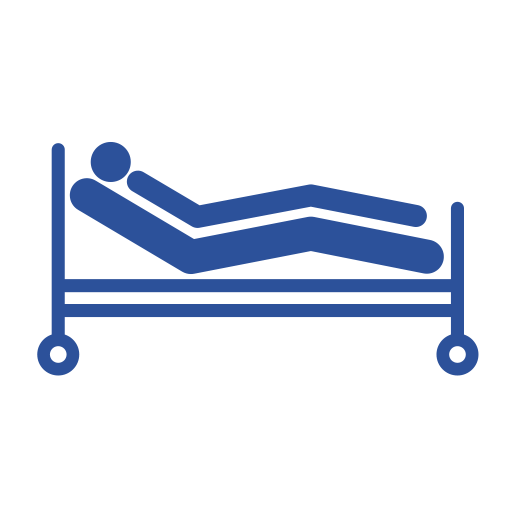 Beds & Bed Aids
Beds & Bed Aids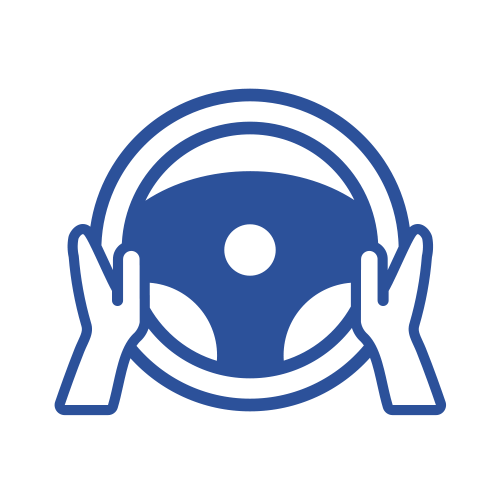 Car & Travel Aids
Car & Travel Aids Chairs & Seating Aids
Chairs & Seating Aids Cleaning & Hygiene
Cleaning & Hygiene Comfort & Dressing
Comfort & Dressing Continence Care
Continence Care Cushions & Supports
Cushions & Supports Daily Living Aids
Daily Living Aids Disabled Ramps
Disabled Ramps Footwear & Footcare
Footwear & Footcare Health & Medical Aids
Health & Medical Aids Medical Professionals
Medical Professionals Mobility Scooters
Mobility Scooters Paediatric Equipment
Paediatric Equipment Parts & Spares
Parts & Spares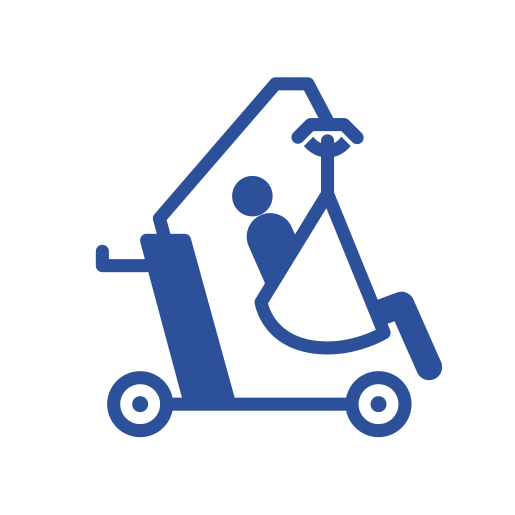 Patient Handling
Patient Handling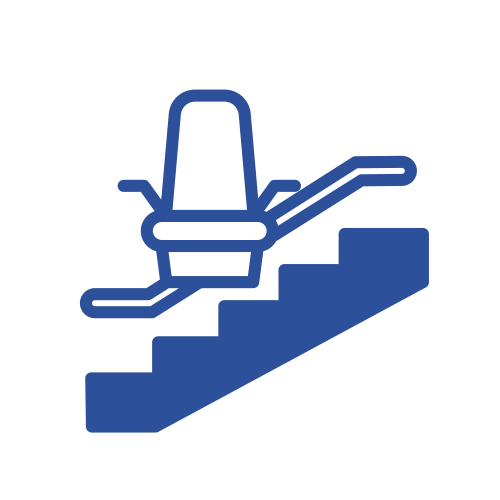 Stair Lifts
Stair Lifts Therapy & Orthopaedics
Therapy & Orthopaedics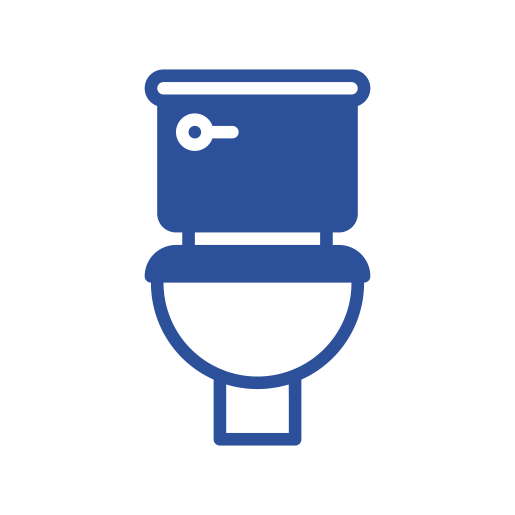 Toileting Aids
Toileting Aids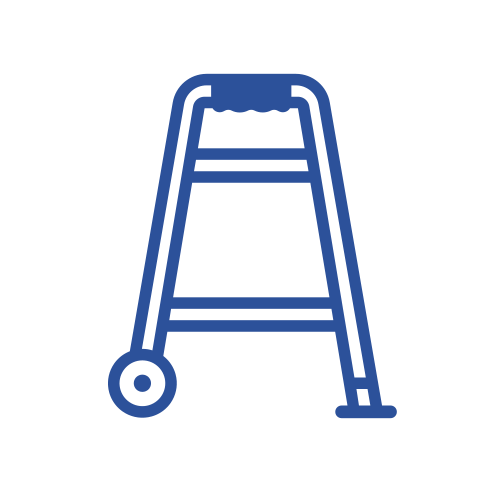 Walking Aids
Walking Aids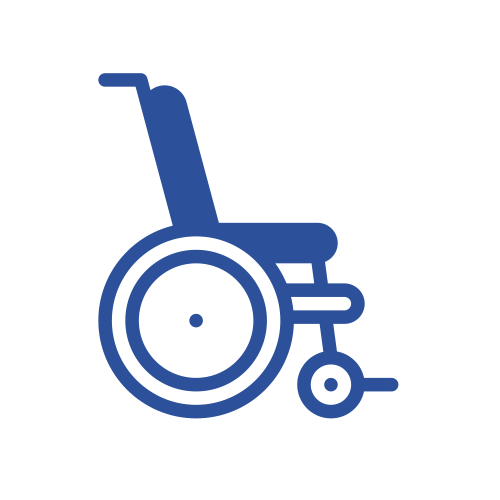 Wheelchairs
Wheelchairs




